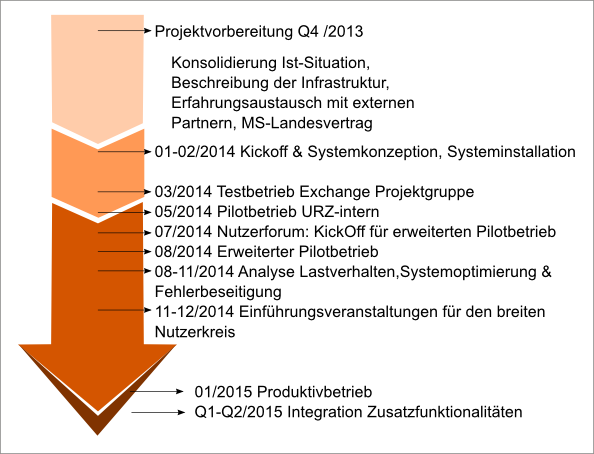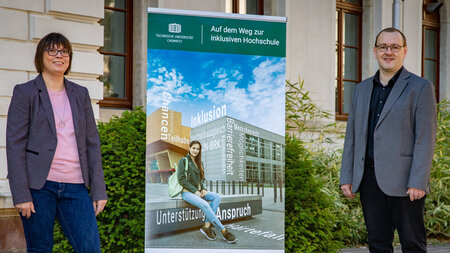Projects of the University Computer Centre
The technology projects of the University Computer Centre span all departments, starting with the IT infrastructure and system platforms to online services and security-relevant topics related to software. In some of these projects, we give students the opportunity to implement and deepen their acquired knowledge.
On these pages, we would like to present the projects in more detail and provide an insight into the work of the University Computer Centre.
Current Projects
IT systems are subject to a variety of different threats. Therefore, the URZ continuously strives in its area of responsibility to assess the current and, if necessary, future potential threats and, if required, to take appropriate measures as quickly as possible to eliminate the identified vulnerabilities and thus ensure a high level of security in the entire IT infrastructure of the TU Chemnitz.
This special, very important topic is being addressed by an interdisciplinary, cross-disciplinary project team as part of the flagship URZ security initiative project launched in May 2014, which will of course continue to be a high priority in the coming years, as security precautions must always be adapted to the changing threat situation.
With the IPv6 project, IPv6 is being introduced into the campus network and continuously advanced. Dual stack is the basic migration strategy. Here, both internet protocol stacks, IPv4 and IPv6, must be supported and operated on all network components up to the end device. In addition to the hardware and software upgrade of the campus network for IPv6, the worldwide accessibility of university services is to be made possible via dual stack. Access from the campus network to IPv6-based services on the internet should be possible for all wired and WLAN terminals. The security guidelines already specified for IPv4 must also be observed and implemented for IPv6.
Concluded Projects
Project Description
MoUSe2 (Management of Users and Services - Version 2) is a comprehensive and innovative identity management system that was designed, implemented and integrated completely independently by the URZ of Chemnitz University of Technology. The core architecture has a modular interface concept that makes it possible to provide numerous resources in a fully automated and user-specific manner. Thus, it is now possible to integrate IdM and IT service management holistically.
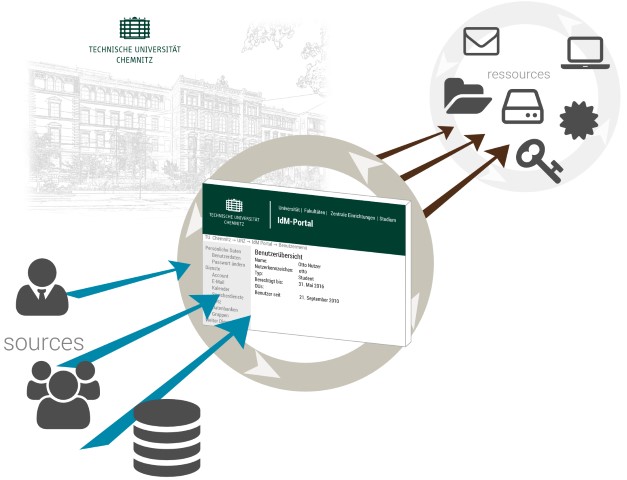
Contact
For further information about the project, information on possible cooperation opportunities, and relevant research topics, please contact the Chemnitz University of Technology URZ., Dipl.-Inf. Daniel Klaffenbach, Telefon 0371 531-38979, E-Mail klada@…
Project Description
Thermal Fingerprinting – Multi-Dimensional Analysis of Computational Loads (TPAC) allows the precise detection and categorisation of any server process in the data centre. Similar to the principle of music recognition services, thermal information and load curves (CPU, IOpS, RAM) are merged at network, system and process level to generate individual thermal fingerprints of all tasks. A self-learning control system accesses this database.
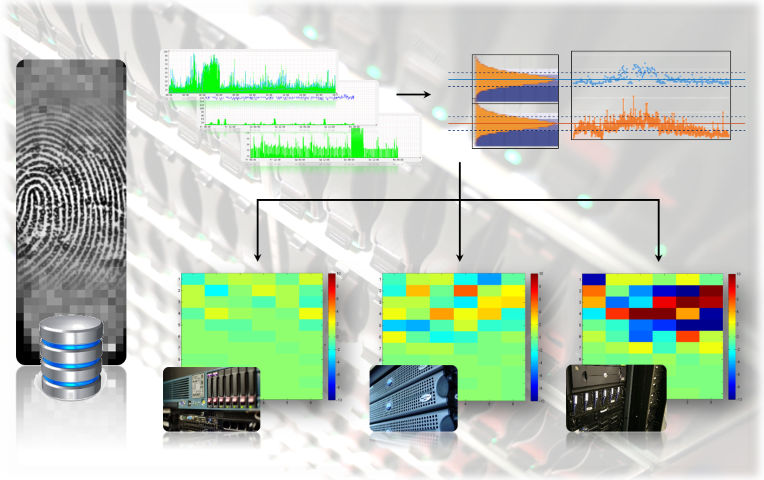
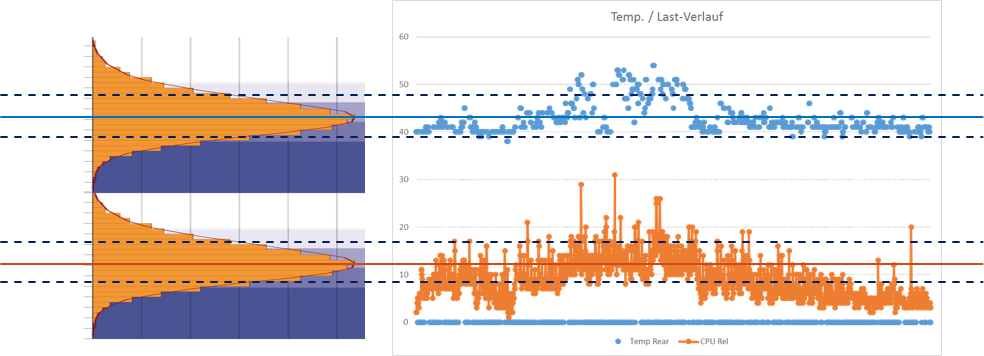
Objective
The goal is a proactive, dynamically adaptive climate control in data centres. The system is intended to classify recurring tasks and their thermal loads in order to be able to adjust the cooling capacity at an early stage. On the basis of such a control system, the cooling capacity can be significantly significantly without shortening the service life of the individual hardware components.
Project Description
The TUCool research project at Chemnitz University of Technology represents an innovative air conditioning concept for existing, heterogeneous data centres. Classical optimisation approaches of recirculation air conditioning are combined with adaptive control of the air flow based on existing sensors within the server systems. The intelligent control logic uses machine learning concepts for the module-based integration of countless sensor sources.
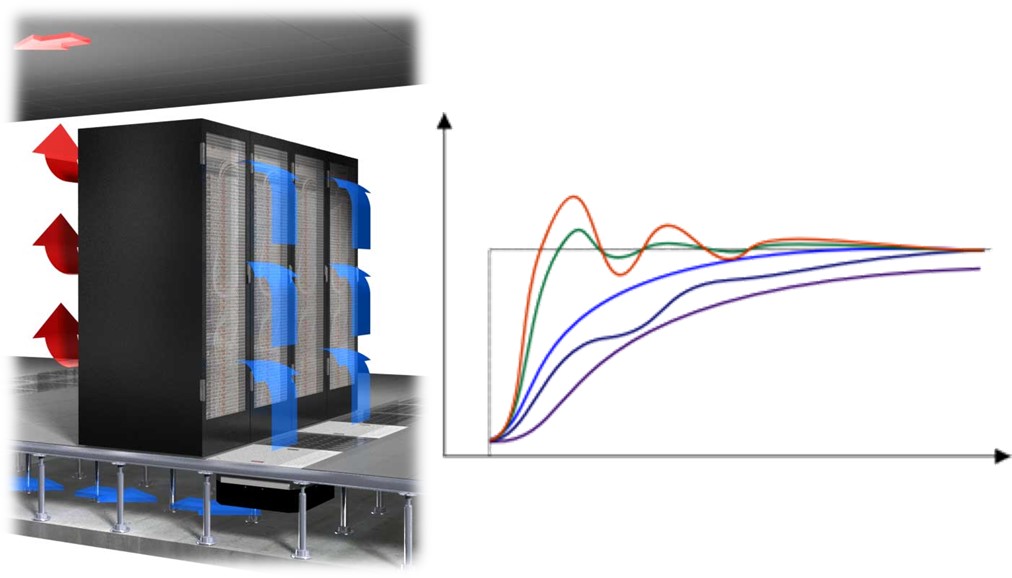
Based on the MS State Contract Saxony, the University Computer Centre worked on introducing Microsoft Exchange [Server 2013] as a comprehensive groupware solution for all TU members. As of March 2014, the system was already successfully used in pilot operation at the University Computer Centre.
In the following extended pilot phase, interested users were offered the opportunity to use the groupware solution. For this purpose, the kick-off for the Exchange migration for the extended pilot operation took place on 17 July 2014 within the framework of a user forum. Around 60 users accepted the invitation. The documents for the presentation can be found in the associated article on our blog. More information is also available on our Exchange website.
Schedule of the MS Exchange introduction
